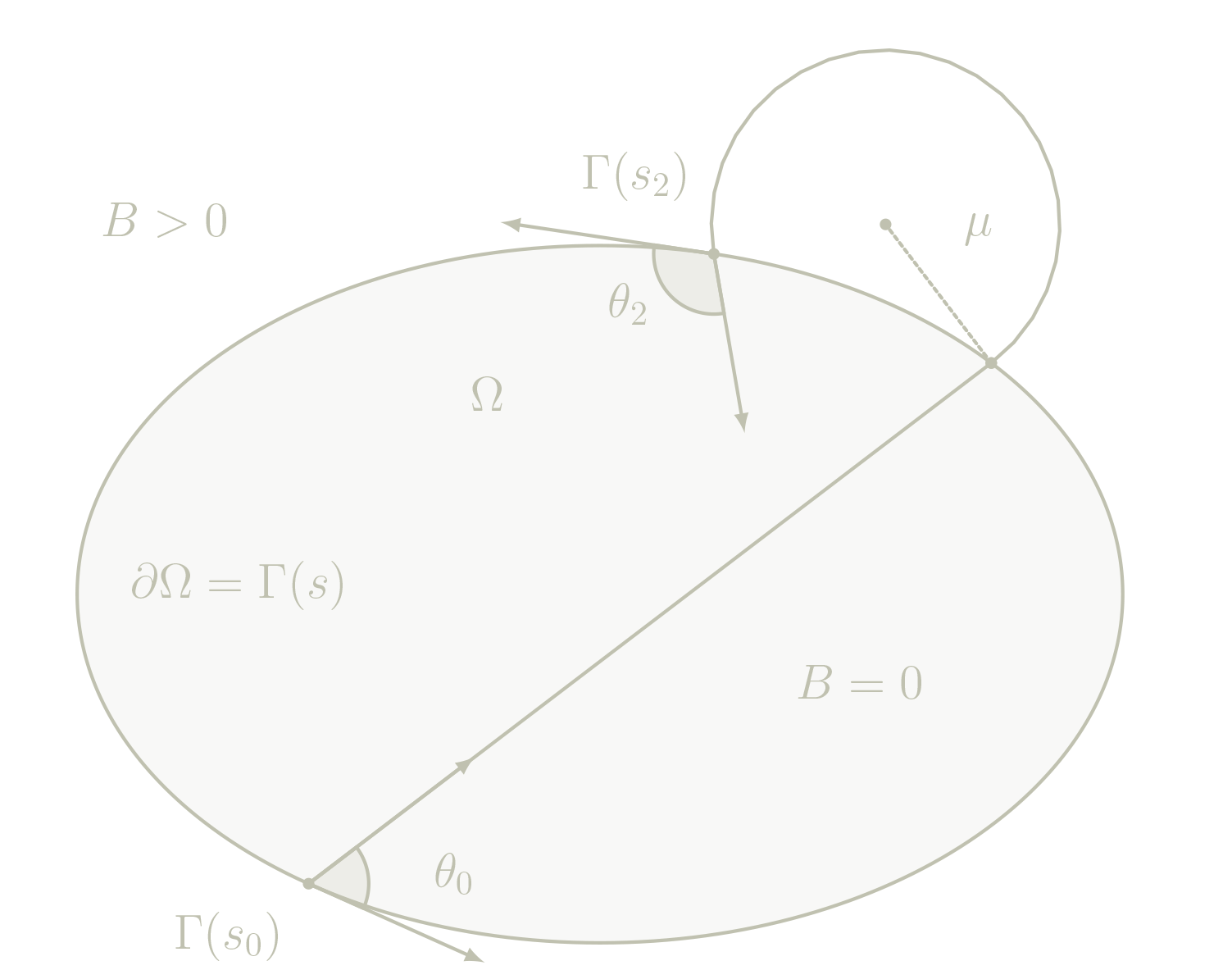
Stanford Pre-Collegiate Summer Institutes
Number Theory
Formal Course Description
Number Theory is the study of the integers and their properties. For thousands of years, the greatest minds have been working to produce what many consider to be some of the most elegant and powerful ideas in all of mathematics. Number Theory continues to be an area of active research, and with the increasing power and availability of computers, there have been significant developments in applications of number theory that would not have been possible even 50 years ago. Our overarching goal in this course will be to observe, investigate, conjecture, and prove the patterns and relationships we see occurring in the integers. This proof-based course covers topics including the Fundamental Theorem of Arithmetic, modular arithmetic, the Fermat and Euler Theorems, quadratic reciprocity, and a modern treatment of elliptic curves.
Course Commentary
I greatly enjoy teaching number theory for the Stanford Pre-Collegiate Summer Institutes. This course is an intense three week course with 2.5 hours of instruction in the morning and 2.5 hours of problem-solving with teaching assistants in the afternoon. The course is aimed towards advanced students in grade 10 or 11 from across the world, and the students are bright, motivated, and eager to work on math for 5+ hours each day. There are no exams or course credit, so these students are learning for the sake of learning, and they pick up new concepts and mathematical tools quickly.
One of my favorite parts of the course is the group project, where students give a 30-40 minute presentation on an advanced number theoretic topic of their choosing. The students would give engaging, thorough, creative, and sometimes (educationally) humorous presentations, which proved to be a venue for personal growth, confidence-building, and for some students an opportunity to communicate advanced mathematics in a language other than their first. I particularly enjoy seeing the students’ critical thinking in action, as the students have to think critically about the nuances that arise presenting and teaching an advanced mathematical topic.